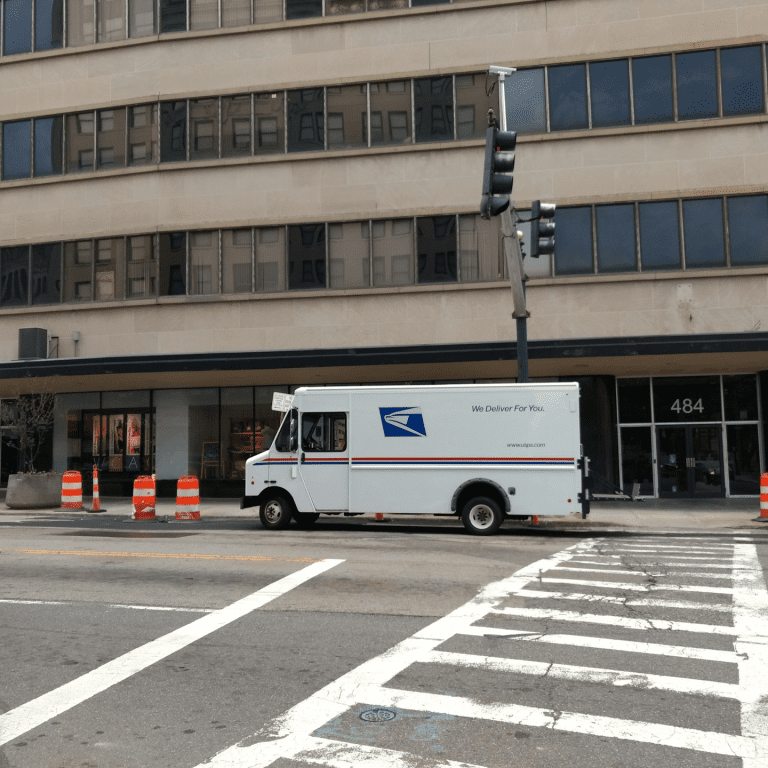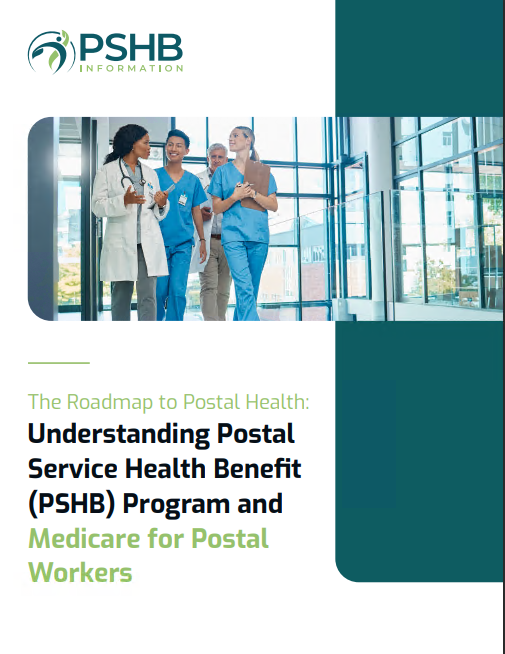Key Takeaways
-
The transition to the Postal Service Health Benefits (PSHB) program in 2025 introduces tailored health coverage for Postal Service employees, annuitants, and their eligible family members.
-
Significant changes include Medicare Part B integration, enhanced pharmacy benefits, and potential cost savings, making 2025 a pivotal year for Postal Service health benefits.
Understanding the PSHB Program Transition
The Postal Service Health Benefits (PSHB) program officially takes effect in 2025, marking a major shift in health coverage for Postal Service employees, retirees, and their families. If you’re part of this group, this change directly impacts your healthcare options, premiums, and integration with Medicare.
Before 2025, you likely received coverage through the Federal Employees Health Benefits (FEHB) program. Now, the PSHB program streamlines benefits specifically for postal workers and annuitants, creating a system tailored to your unique needs. This transition ensures continuity while offering several new features designed to enhance healthcare access and affordability.
Why 2025 Is a Landmark Year
The PSHB program isn’t just a change in name; it represents a transformation in how health benefits are delivered to Postal Service employees and retirees. Here’s why 2025 stands out:
-
Customized Coverage: The PSHB program is exclusively for Postal Service employees and annuitants, unlike the broader FEHB system.
-
Medicare Integration: Medicare-eligible retirees and their family members now enjoy streamlined coordination between PSHB and Medicare Part B, providing more comprehensive coverage.
-
Enhanced Benefits: Many PSHB plans waive deductibles and offer other cost-saving features for those enrolled in Medicare.
-
Employer Contributions: The federal government continues to subsidize a significant portion of premiums, maintaining affordability for participants.
Enrollment and Eligibility: What You Need to Know
Open Season and Qualifying Life Events (QLEs)
Enrollment in PSHB plans aligns with the Open Season schedule, which occurred from November 11 to December 13, 2024. If you enrolled during this period, your coverage began on January 1, 2025. Changes outside of Open Season are only permitted if you experience a Qualifying Life Event (QLE), such as marriage, divorce, or the birth of a child.
Transition for Existing FEHB Enrollees
If you were enrolled in an FEHB plan as of December 31, 2024, your coverage automatically transferred to a corresponding PSHB plan. However, reviewing your options during Open Season was crucial to ensure your selected plan met your healthcare needs.
Medicare Part B Enrollment Requirements
Medicare-eligible Postal Service annuitants and their family members must enroll in Medicare Part B to maintain PSHB coverage, with certain exemptions for:
-
Those who retired on or before January 1, 2025.
-
Employees aged 64 or older as of January 1, 2025, who were not enrolled in Part B.
This integration supports cost-sharing efficiencies and enhances your overall coverage.
What Does Medicare Integration Mean for You?
Medicare Part B enrollment is a game-changer for PSHB participants who are eligible. If you’re enrolled in both Medicare and a PSHB plan, you’ll likely experience:
-
Lower Out-of-Pocket Costs: Many PSHB plans waive deductibles and reduce other expenses when coordinated with Medicare.
-
Automatic Prescription Drug Coverage: Your PSHB plan includes a Medicare Part D Employer Group Waiver Plan (EGWP), simplifying access to prescription medications.
-
Streamlined Claims: Coordination between Medicare and PSHB reduces paperwork and processing times.
For retirees, the integration with Medicare Part B enhances coverage while potentially lowering your overall healthcare spending.
Spotlight on Pharmacy Benefits
The PSHB program includes significant improvements in pharmacy benefits for Medicare-eligible participants:
-
Automatic Enrollment in Part D Coverage: If you’re eligible for Medicare, your PSHB plan includes a Medicare Part D Employer Group Waiver Plan. This ensures access to prescription drugs without additional enrollment steps.
-
Cost Savings: The new $2,000 annual out-of-pocket cap for prescription drugs under Medicare Part D applies, providing financial relief for high medication costs.
-
Convenience: You no longer have to manage separate plans for medical and prescription drug coverage, as they are integrated under the PSHB program.
Government Contributions Keep Costs Manageable
The federal government continues to subsidize a large portion of PSHB premiums, similar to the FEHB system. This means you’re still paying a fraction of the actual cost of your health coverage. For many Postal Service employees and annuitants, this subsidy ensures affordable access to comprehensive healthcare.
While premium costs vary based on the plan you choose, the government’s contribution keeps high-quality coverage within reach for most participants. Comparing plans during Open Season helps you identify the best value for your specific needs.
Steps to Take for a Smooth Transition
1. Understand Your Options
Review the plans available under the PSHB program carefully. The program offers a range of options, each with different benefits, premiums, and networks. Use the Plan Comparison Tool provided during Open Season to evaluate your choices.
2. Check Medicare Enrollment
If you’re Medicare-eligible, ensure you’re enrolled in Part B. This enrollment is a requirement for PSHB coverage unless you meet one of the listed exemptions. Medicare’s coordination with PSHB can significantly reduce your overall costs, so it’s worth the effort.
3. Use Resources
Take advantage of informational materials provided by the Office of Personnel Management (OPM) and the Postal Service. These resources help you navigate the transition and understand your benefits.
Key Dates to Remember
-
Open Season: November 11 to December 13, 2024.
-
Coverage Effective Date: January 1, 2025.
-
Part B Enrollment Deadline for PSHB Participants: Ensure you’re enrolled to avoid lapses in coverage.
Marking these dates ensures you don’t miss critical enrollment windows.
The Future of Postal Service Health Benefits
As the PSHB program rolls out, it sets a precedent for tailored, efficient health benefits systems. The program’s structure addresses the unique needs of Postal Service employees and annuitants while maintaining affordability and enhancing access to care.
Looking ahead, the success of the PSHB program could inspire similar innovations for other federal employee groups. For now, its immediate impact is clear: a dedicated healthcare program that offers Postal Service employees and annuitants a streamlined, cost-effective system to meet their health needs.
Why Staying Informed Matters
The transition to the PSHB program is a significant change, and staying informed is crucial to making the most of your benefits. Take time to:
-
Review plan details annually.
-
Understand how Medicare integration affects your coverage.
-
Use tools and resources provided by the Postal Service and OPM to navigate the system effectively.
By staying proactive, you can ensure that your healthcare coverage continues to meet your needs, both now and in the years to come.
Making the Most of 2025’s Health Benefits Changes
2025 marks a new era for Postal Service health benefits, offering you a tailored program designed to simplify and enhance your healthcare experience. By understanding the changes, meeting key deadlines, and leveraging Medicare integration, you can maximize your benefits under the PSHB program.










